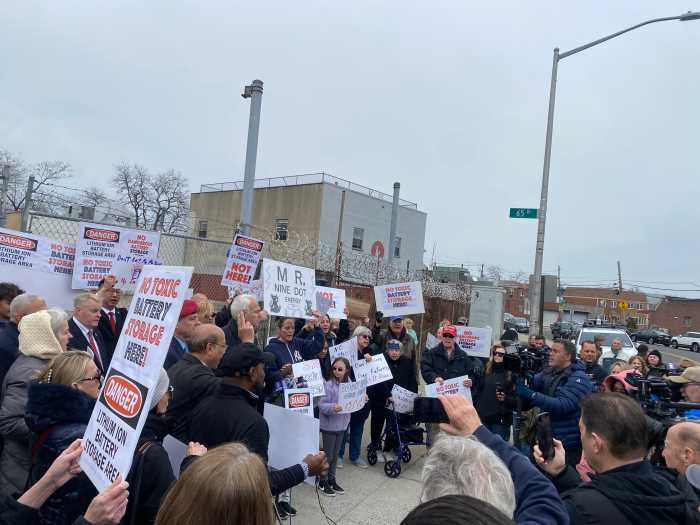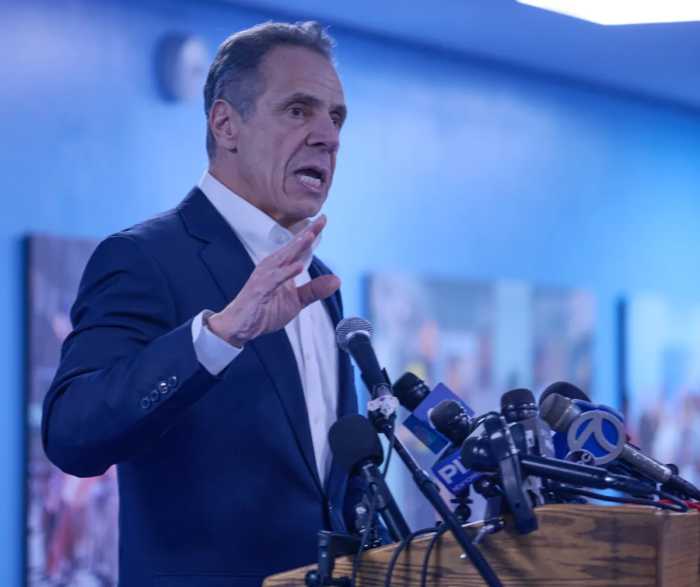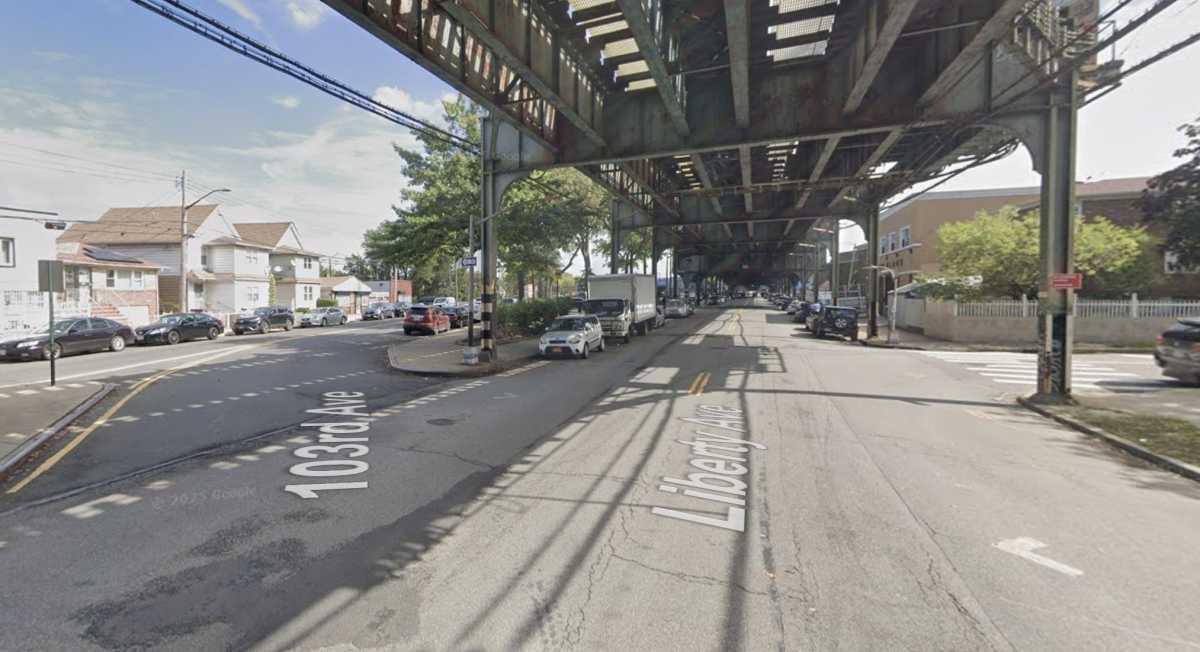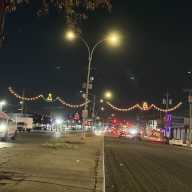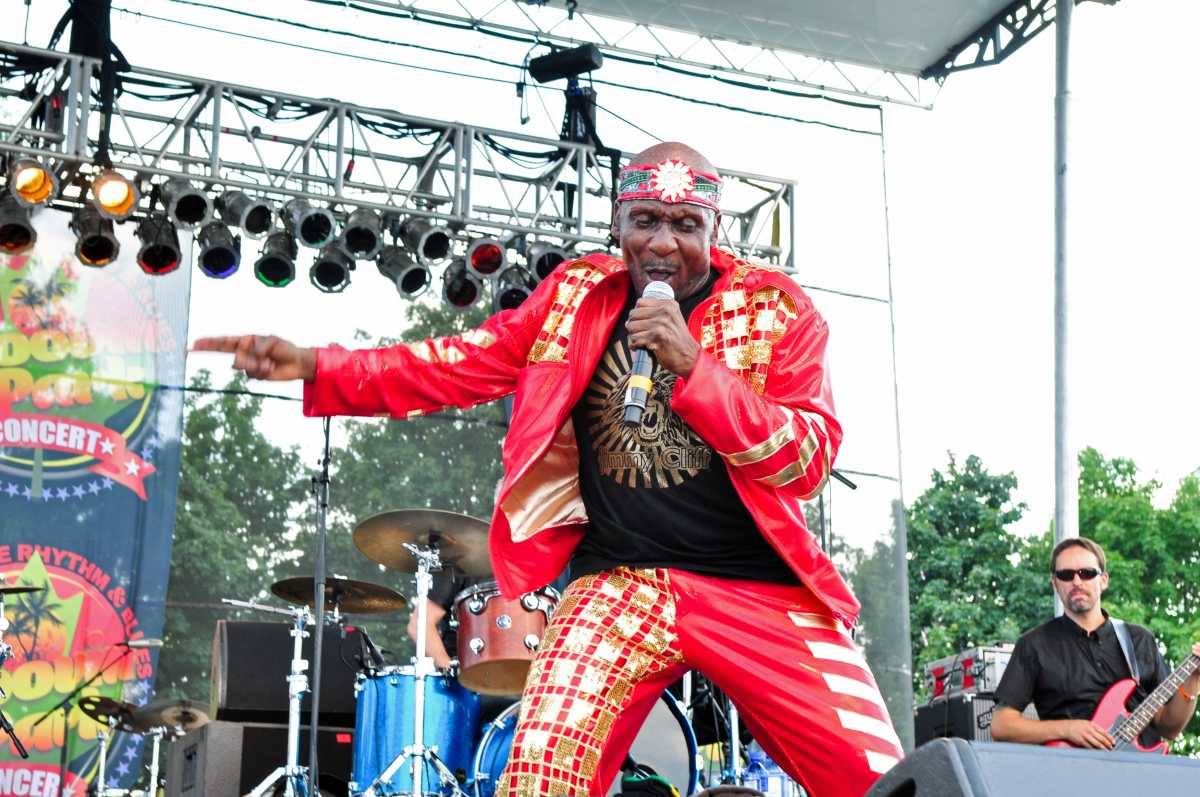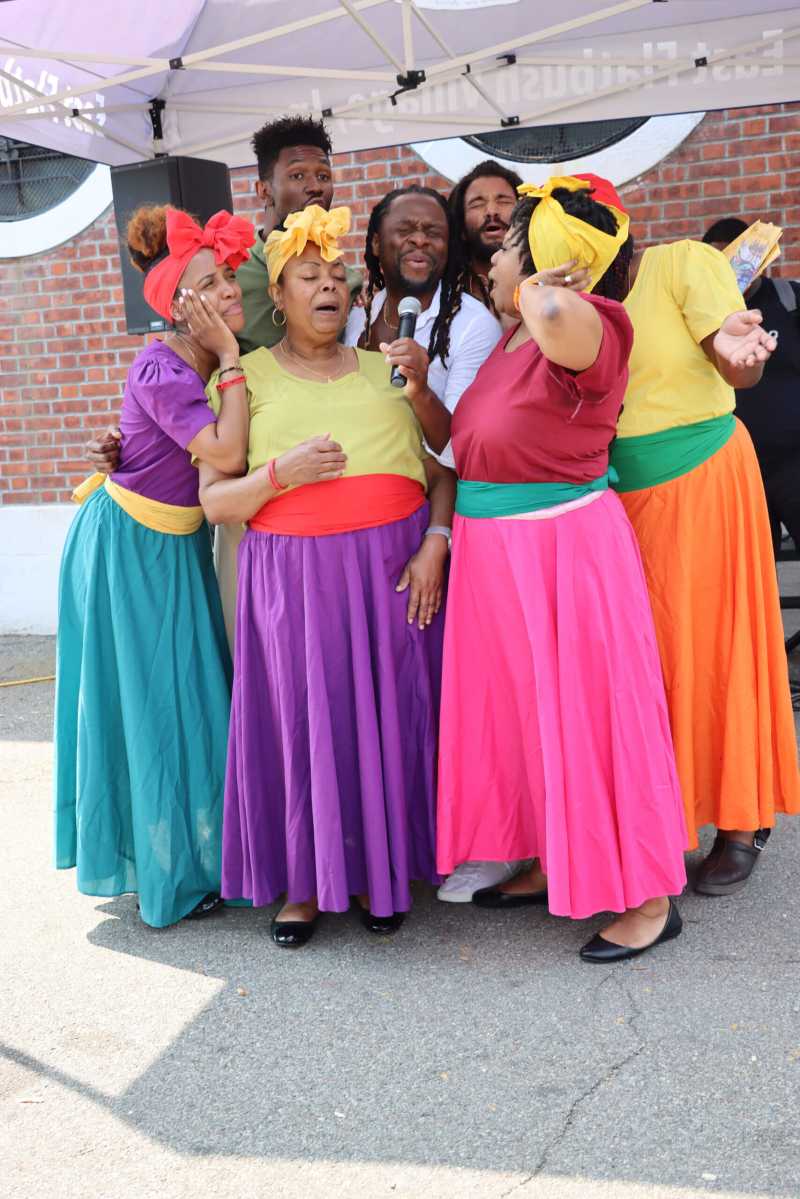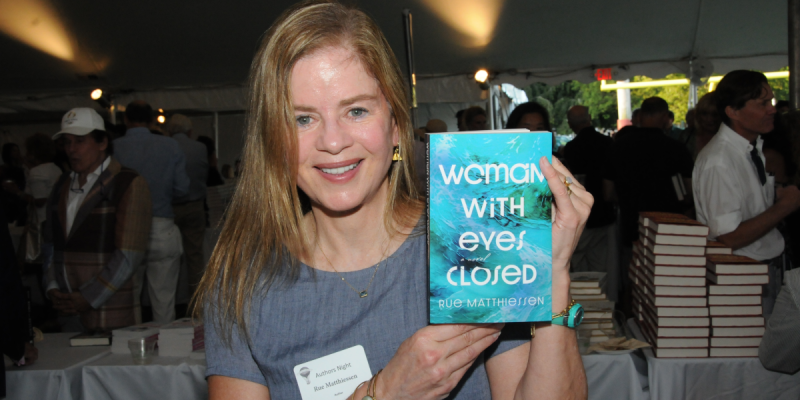Republican mayoral candidate Curtis Sliwa addressed a full house on Thursday, April 3, at a forum hosted by the Ridgewood Property Owners and Civic Association (POCA).
Sliwa opened by addressing a topic dominating the city’s political conversation that day: Mayor Eric Adams’ decision to leave the Democratic Party and run for re-election as an Independent.
Drawing a historical parallel, Sliwa compared Adams to former Mayor John Lindsay, whom he described as a politician he “loathed,” recounting Lindsay’s efforts to win over voters—including posing as a dedicated Mets fan—despite widespread skepticism.
“It just goes to show that in any campaign, anything can happen,” Sliwa said, blending humor with political insight.
Looking ahead to the 2025 mayoral race, Sliwa predicted at least four candidates would appear on the June primary ballot, including Adams, himself, a candidate from the Working Families Party, and possibly former Governor Andrew Cuomo, whom Sliwa suggested could reemerge as the Democratic nominee despite maintaining a low profile.
Sliwa pointed to the complexities of ranked-choice voting, noting that its dynamics are often misunderstood by voters but could favor a candidate like Cuomo if lower-tier candidates aligned.
“If you do it right and disciplined, all of those Democrats that don’t seem like they have a chance, if they align with each other like on a bingo card, Cuomo could be way ahead of everyone on the first level and then slowly recede,” Sliwa said. “But let’s assume the election was tomorrow. Andrew Cuomo, the Democratic nominee, is battered and bruised—it’s going to be bloody.”
He anticipated resistance to Cuomo from progressive factions, particularly the Working Families Party, and floated the possibility of Assembly Member Zohran Mamdani running on that line.
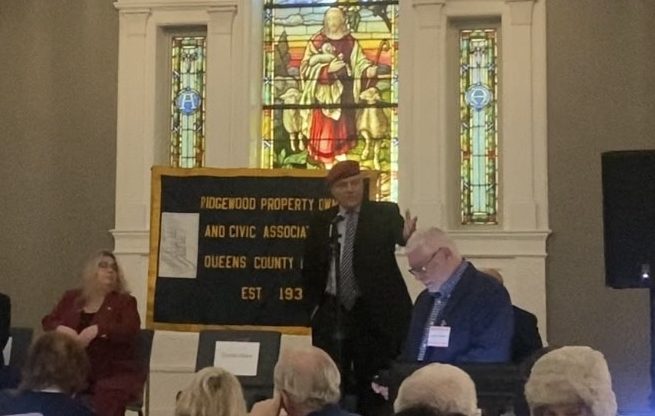
“They’re going to be going at each other like three scorpions in a glass because technically they’re Democrats, even though they may be running on different party lines,” Sliwa said. “I’m going to be able to take the high road and talk about all of the issues that are important, especially to the people of the outer boroughs.”
Sliwa emphasized his longstanding connection to the city, referencing his upbringing, his first solo subway ride in 1959, and decades of experience navigating New York’s neighborhoods.
As the conversation shifted to policy, Sliwa strongly criticized Mayor Adams’ controversial “City of Yes” zoning initiative, which proposes upzoning residential areas to allow for taller developments. Sliwa denounced the plan as a giveaway to “corporate developers” that would erode the character of New York’s neighborhoods while failing to deliver meaningful affordability.
“This will destroy the very nature of what America is,” he said. He argued that the plan’s goal of building 80,000 apartments over 10 years would not provide adequate relief and claimed that Adams was “in the back pocket of corporate developers.”
Sliwa also raised alarms about the placement of lithium-ion battery storage facilities in residential areas, a policy he linked to Cuomo’s administration, citing serious concerns over safety and environmental risks.
Responding to questions from POCA board members, Sliwa addressed the rising burden of property taxes on homeowners. He criticized city spending, particularly on migrant services and municipal pensions, and claimed those costs are being passed to taxpayers.
“Remember, we just paid and will continue to pay $6.5 billion to the migrants. Where did they find that money?” Sliwa asked. “You, the homeowners, had to pay for it, obviously.”
“When I get into office, the first thing I’ve got to do is look at all the spreadsheets. Where did all of this money go?” he continued. “The people in office, de Blasio, then Adams, they said, ‘Trust us, we know how to manage this city.’ They managed us into this situation.”
He also called attention to disparities in property tax assessments, noting inequities in areas like Canarsie and Staten Island, where homeowners may be taxed at higher rates than in wealthier neighborhoods. He pledged to reform the property tax system to ensure fairness citywide.
On public safety, Sliwa said the city’s police force is under-resourced, arguing that the NYPD needs to grow from 32,500 to 40,000 officers to effectively police the city. He sharply criticized opponents who had previously supported defunding the police but are now calling for more officers.
“We have 32,500 cops. We need at least 40,000,” he said. “I laugh when Andrew Cuomo says he wants to hire 5,000 more police officers when he stripped them of qualified immunity.”
He also addressed the problem of fare evasion on public transit, claiming it contributes significantly to the MTA’s financial troubles, and argued for more rigorous enforcement.
“You have to have enforcement,” Sliwa said. “Once you give something away for free, you’re never going to be able to charge for it.”
Throughout the evening, Sliwa maintained a direct, often combative tone, but concluded the event by thanking attendees for their civic engagement and encouraging them to stay involved in the election process.



